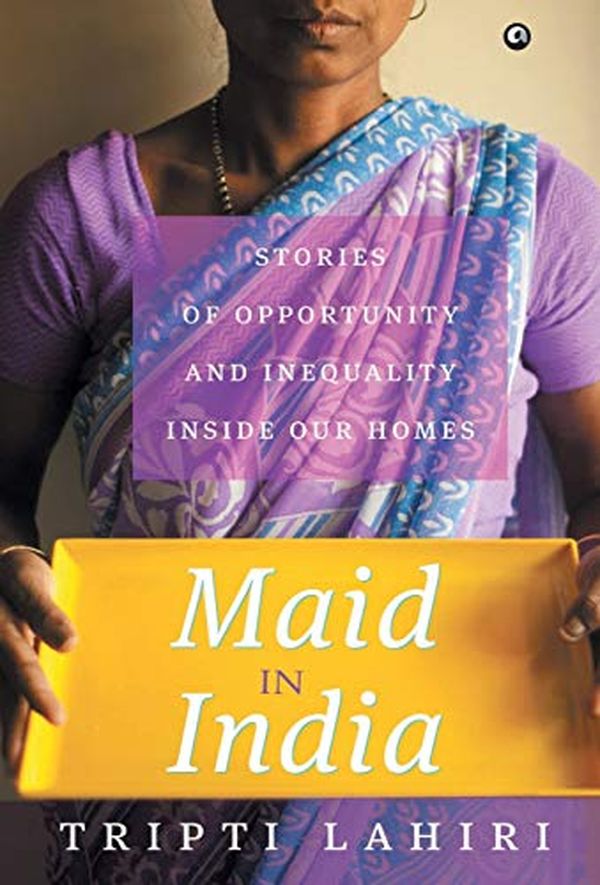We eat first, they later, often out of food portioned out for them; we live in the front, they in the back; we sit on chairs and they on the floor; we drink from glasses and ceramic plates and they from ones made of steel set aside for them; we call them by their names, and they address us by titles:
sir/ma’am, sahib/memsahib… Every year, thousands of poor, illiterate, unskilled women flock to Delhi from villages across the country to work as domestic help.
This is how Fullin from Athgama in rural Jharkhand, Lovely from a tiny settlement in Malda, Golbanu bibi from Doparia, Mae from Kokrajhar and a Santhali girl from Annabiri, in the heart of Maoist country-find themselves in the nation’s most powerful city, working for its richest people.
This is how tycoons and refugees, politicians and orphans-India’s one per cent and her 99 per cent-rub shoulders every day, under the same roof. In the not so distant past, everyone’s place- whether maid, ayah or cook, sahib or memsahib- was well understood.
There were clear rules for negotiating (and maintaining) the vast chasm between the two sides. Today, it’s a little different. There are housekeepers who are part of the middle class who ensure their children join white-collar India.
There are teenage girls brought to the city by ‘aunts’ and ‘uncles’ to serve as ’24-hour’ help, who find themselves virtually, and sometimes literally, caged.
There are employers who wrestle with the guilt of spending more on an Italian meal in a fancy hotel than on those who clean their homes- and other employers who insist ‘these people are all thieves.
With in-depth reporting in the villages from where women make their way to upper-class homes in Delhi and Gurgaon, courtrooms where the worst allegations of abuse get an airing, and homes up and down the class ladder,
Maid in India is an illuminating and sobering account of the complex and troubling relations between the help and those they serve.




